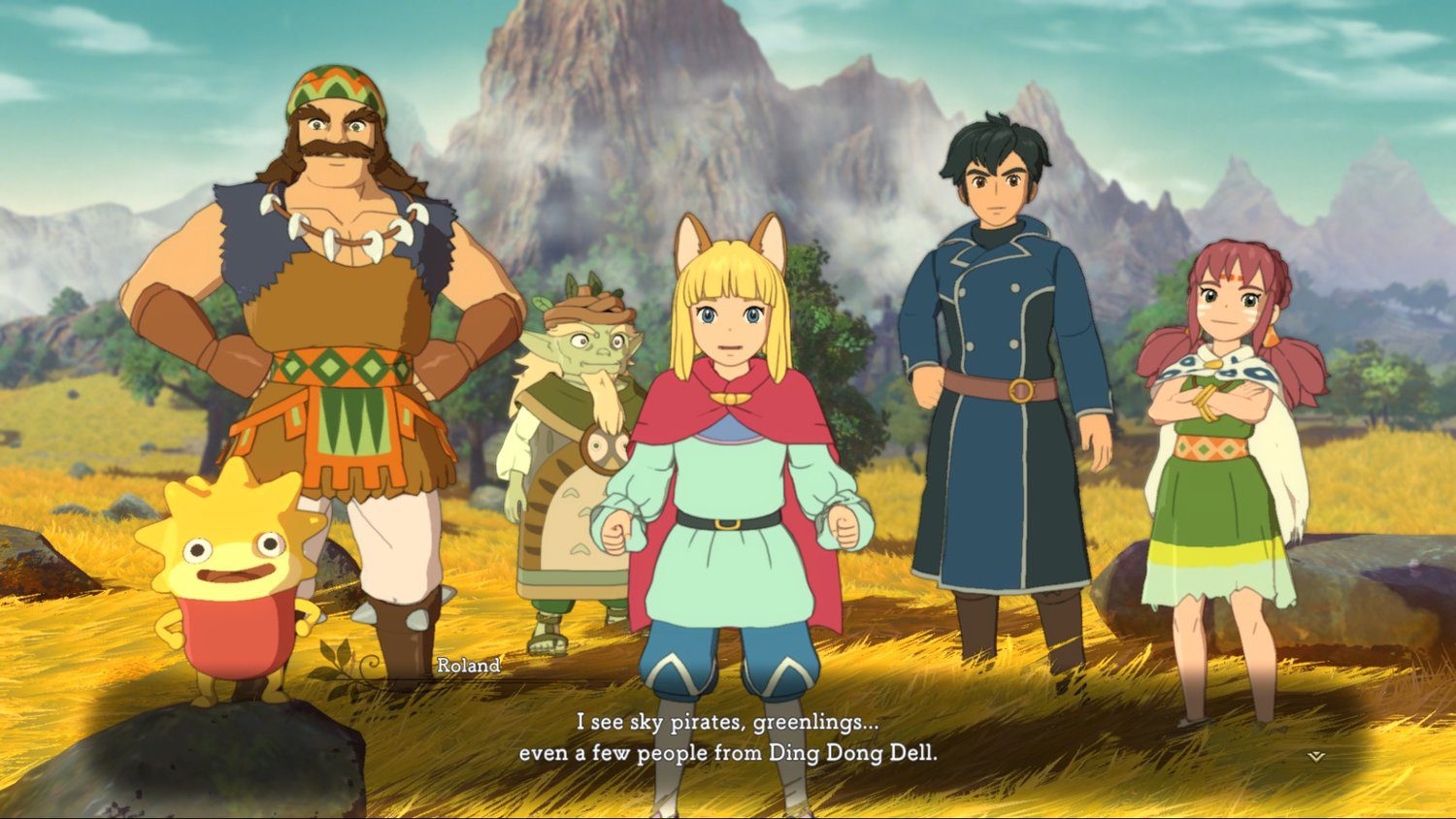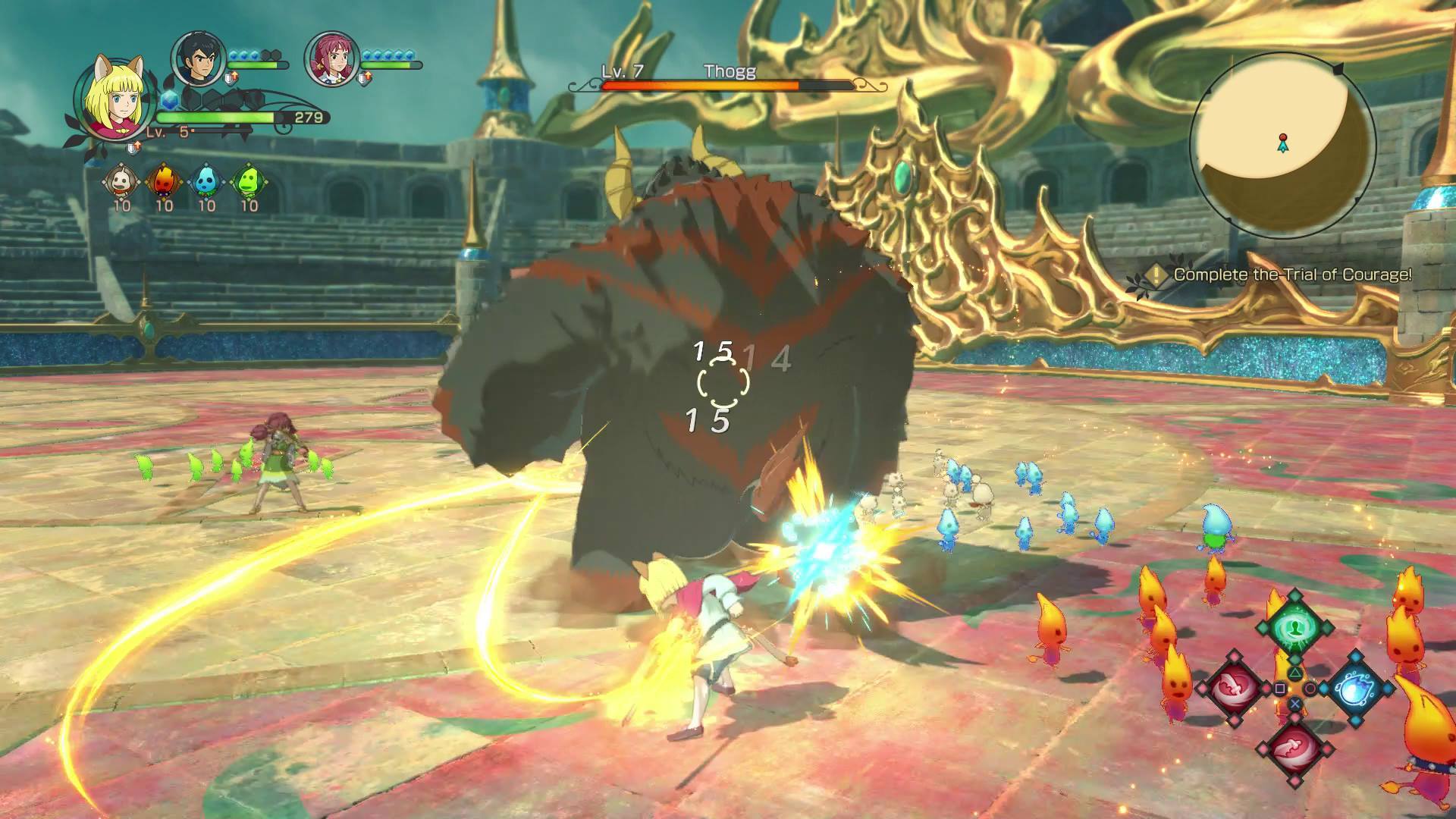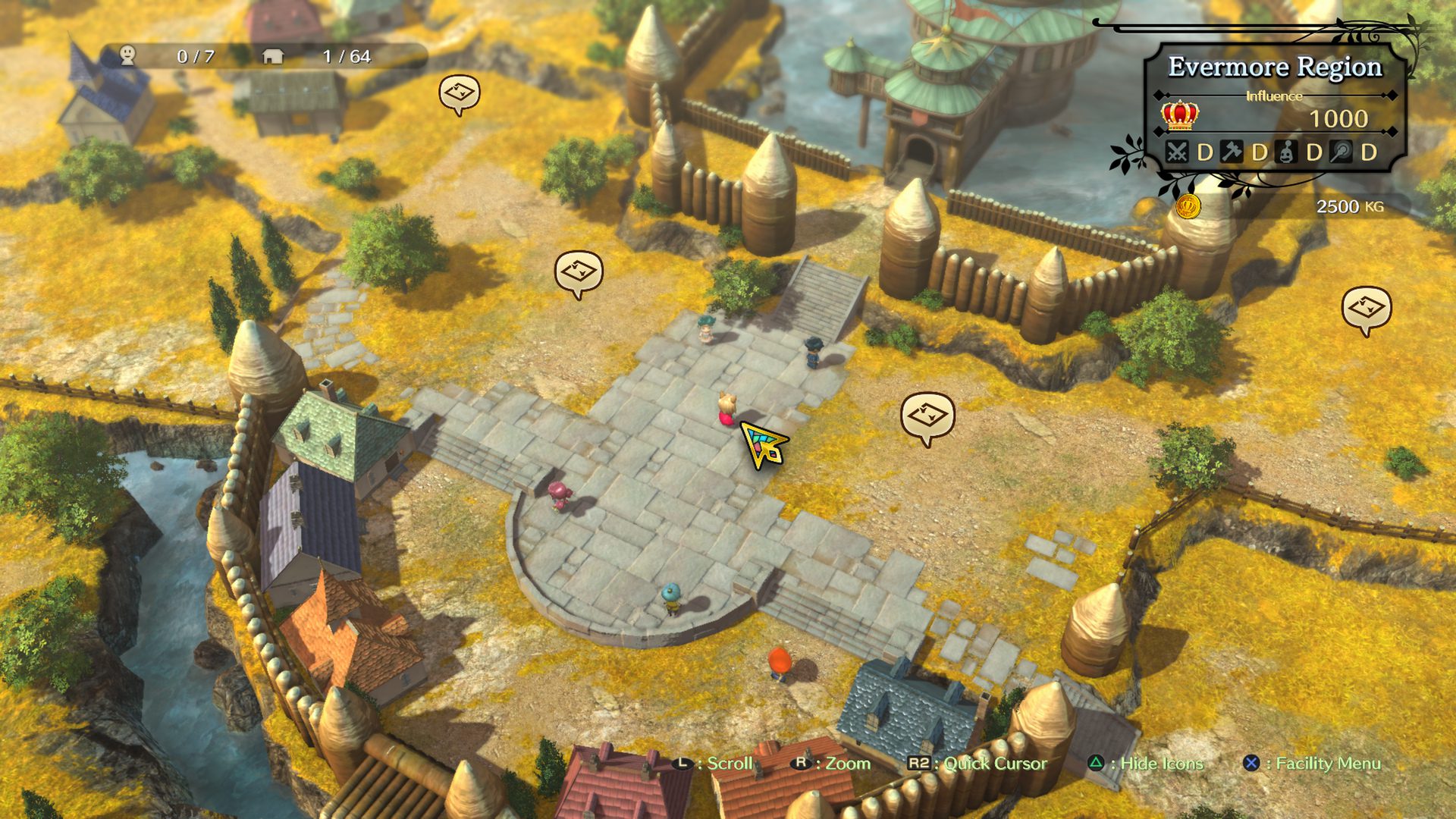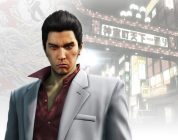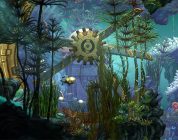Every so often a game comes along in a person’s life that resonates with them on a deeply personal level. Ni No Kuni II: Revenant Kingdom is one of those games.
The soundtrack gets embedded into one’s brain, resulting in practically involuntarily, yet exuberant, hum sessions as songs start up while playing. The possibly considered unhealthy emotional attachments to the cast of characters that are developed as the plot progresses may or may not cause mood swings. The art and design that goes into the game causes dumb grins of appreciation as the scenes unfold. The gameplay becomes merely an extension of one’s thoughts, fingers tapping at buttons in nearly zen-like accuracy. Memories associated with the game quickly become rooted forever to be used as nostalgia goggles later in life. For me personally, these nostalgic games include Chrono Trigger, Final Fantasy XII and IX, The Last of Us, Dragon Age Origins, and Pokemon. While I was a bit late to the scene, Ni No Kuni: Wrath of the White Witch soared onto my top five games of all time list with flying colors. It had the visual appeal of Studio Ghibli (which were directly involved in design and some 2D animated cutscenes for the game), the monster collecting of Pokemon, the soundtrack of Final Fantasy and Dragon Age, the characters of Chrono Trigger, stellar voice acting, and a level of charm that rivals Paddington Bear and Winnie the Pooh. Needless to say Ni No Kuni Wrath of the White Witch sets a pretty high bar for anything that follows it. So while I was of course excited for Ni No Kuni II Revenant Kingdom, I had my reservations about if it could meet my expectations, particularly with the news that Studio Ghibli was no longer involved. In the face of my expectations and concerns I can honestly say that I was not expecting what Ni No Kuni II Revenant Kingdom delivered.
The plot follows the story of Evan, a young king who finding himself tragically betrayed by someone he thought he could trust, and Roland, a person who finds himself transported to Evan’s world from Earth just in time to help Evan escape. After surviving his attempted assassination, Evan is determined to start his own kingdom with the help of his new friends. It becomes clear soon after that the world is segregated and that there is something or someone pulling strings behind the scenes to further create imbalance throughout the lands, making it clear that they must do everything they can to unify the world’s nations against this new threat. Early on it is made known that this is the same world as the one in Wrath of the White Witch, yet far enough in the future that the events in the original game have become legend.
One of the things I personally love about the Ni No Kuni games is how little it takes itself seriously. It is a charming fantasy world where an entire city can be called Ding Dong Dell, a dog man can be called Pugnacious or Fai Do, a novice blacksmith is named Nu Bi, fairies have thick Welsh accents, it all makes me smile in the same way as when I watch Winnie the Pooh or Paddington. It’s honestly a breath of fresh air to play something that isn’t quite so serious and doesn’t mind being silly. Ni No Kuni II successfully continues the first game’s ability to make me laugh and smile as I play it; as a dad I’m a sucker for a pun, good or bad.
I found each main character likable and sometimes I even struggled with which characters to have active in the party while playing, because I wanted them all to be there. One thing I would have liked is to see more character interaction and development. The main thing that grows and develops is the kingdom of Evermore itself. Yet, to make a comparison to Winnie the Pooh and then expect life changing grand character development and change is a tall order. Although, this design choice does not cause Ni No Kuni II to lose any of its abundant charm.
The story is presented in that classic Studio Ghibli look that was established in the first Ni No Kuni game, minus the 2D animated scenes. While it is disappointing that Studio Ghibli is no longer directly involved, Level 5 did a great job keeping the style with new designs. One of the most striking things in the visuals are the bright colors, the clean character designs pop off of the beautifully rendered environments with their more painted look. It really fits and helps push the charm and fun this game oozes out of every corner. Animations during combat are also satisfying, magic and special effects especially.
Ni No Kuni II is a big game. Primarily an action RPG, combat consists of stringing combos of light, heavy, and ranged attacks, performing special and magic attacks, jumping, dodging, blocking, and activating the tiny companion Higgledy. Entering combat happens upon making contact with one of the many roaming enemies on the overworld map, entering certain areas, or interacting with certain characters.
One of the things that makes Ni No Kuni II’s combat engaging is that each character feels distinct from one another. Switching characters helps keep everything feel fresh and gives access to new fighting animations and special attacks, which can be improved and new ones discovered and swapped throughout the game. The special attacks use up Magic Points which are built up when striking with normal light and heavy attacks. This also builds up a percentage meter on each of the three weapons currently equipped, the higher the percentage is on the active weapon the more effective a special attack will be once activated. The three equipped weapons can be swapped between as needed and can be set to do so manually, semi-automatically, or automatically. Each weapon has different effects, damage types, buffs, etc, and switching the active weapon on the fly brings up a fresh 100% weapon and can make a big difference in some fights. Finally when specific conditions are met in combat an activation circle will appear around a group of Higgledy and once activated have an effect on the battlefield. The effects can vary: an area of healing, summoning a cannon, create a gravitational field, and more. They are perfect for some pretty clutch moments!
On top of the action combat encounters, Ni No Kuni II also offers RTS inspired scenarios as well. These scenarios center around pitting Evan’s new kingdom’s armies against invaders and threats to allies. Evan enters the battlefield as a general with four armies surrounding him. These individuals can be rotated around Evan to control which army is engaged with the enemy forces based on damage type in a rock-paper-scissors style concept with swords, hammers, and spears, with ranged and magic being neutral damage types. A charge mode can be activated to deal extra damage as well. Players will navigate through each scenario, defeat each opposing unit, and destroy and rebuild enemy structures.
These scenarios were a surprising way to keep Ni No Kuni II interesting, and they are worthwhile as they reap some pretty great rewards and long term benefits for the kingdom. I initially had some concerns going into this game type, worried that the game may be stretched too thin by adding another type of combat on top of the the kingdom/city simulator game that I’ll go over next. These concerns were quickly squashed though as it proved to be well developed with enjoyable gameplay and strategy that added to my experience rather than take away from it.
Finally as mentioned previously is the kingdom/city simulator. This was a part of Ni No Kuni II that as it was being explained a feeling of dread started to rise within me. I am not a fan of sim games, whether its the Sims, SimCity, AntSim, Kingdom Builder, I have never felt drawn to these types of games. The Kingdom of Evermore is managed similarly to all of those mobile games that involve collecting resources, then using those resources to build structures and research new items, abilities, spells, and such to improve the kingdom, then waiting for those to finish and to collect more resources. This is all something that I really had no interest in doing, but was going to because I knew my characters would benefit from it.
This is where Ni No Kuni II starts to separate itself from those mobile games.
While it still uses the same core gameplay, it is stripped free of anything resembling a microtransaction or bonuses for sharing and inviting friends. This definitely makes the experience much more enjoyable, which is good because this is the only way to improve spells, gain access to better higgledy, or increase movement speed while exploring the overworld map, just to name a few benefits.
The other way to improve the Kingdom of Evermore is to recruit new citizens. This is typically done by completing some sort of task for them, whether bringing them a specific item or defeating a powerful enemy. Once complete, they will join Evan’s growing kingdom. Once citizens have joined the kingdom they can be assigned to work at one of the buildings that have been built. The plot of starting and growing a kingdom, managing that kingdom, and going out to recruit new citizens make many of these side quests feel much more important. Often RPGs will have plenty of side quests, but recruiting citizens gives many side quests in Ni No Kuni II meaning above and beyond some extra experience, money, or a weapon that may or may not be useful. I found myself more driven and more invested in the side quests and the kingdom management, because it is all connected to the central plot and gives long lasting effects to the rest of the game.
Everything is accompanied by a soundtrack so good that I will eventually purchase it outright. Each piece of music is grand, particularly the main theme. I regularly found myself humming along as I wandered the various landscapes, fought monsters, managed the kingdom, or did pretty much anything. Each major location has their own music flavor that helps each one feel distinct. The music matches each area in ways that you’d expect with a few twists. The best example of this is the theme for the island city Hyrdopolis. It sounds bright like a tropical island, but has a flair of Venice with a string section that reminds me a lot of the opera Carmen.
On the other side of audio Ni No Kuni II has some fantastic voice acting. There is so much personality built into each character’s voices, the recording quality is high, and it adds depth to the character interactions. There is one major downside though. There are a few moments throughout the game where there is no voice acting at all, which is truly unfortunate because of how good it is. Hearing that strong Welsh accent coming out Evan’s kingmaker Lofty, an adorable little fireball looking companion, brings a smile to my face. If I were to change anything about this game, I’d introduce more voice acting.
A few years ago, Ni No Kuni shot its way into my own personal top five games. The prospect of a sequel excited me, and I went in with mixed expectations. With no Studio Ghibli, and concerns on if it would be as good as the first, I was hopefully optimistic that Level 5 could pull it off.
I’m happy to report that Ni No Kuni II: Revenant Kingdom has replaced the first game in my top five. It is incredibly charming, has a memorable soundtrack, a wonderful cast of characters, phenomenal art direction, and a plot that doesn’t take itself too seriously. It manages to make side quests feel more important above and beyond their initial completion, and successfully blends kingdom/city simulator and RTS mechanics into an epic world sprawling action RPG. It has moments that make me laugh, moments that felt heavier, and others that make me feel triumphant. It is always moving and not afraid to introduce new things even later in the game; I was still meeting main characters 20+ hours in. The decision to move away from the monster collecting oriented elements helps distinguish Revenant Kingdom from Wrath of the White Witch. Replacing that system with the recruitment of new citizens felt less reliant on RNG and more on player choice.
Ni No Kuni II: Revenant Kingdom is a truly magical experience oozing in charm and fantasy. The game is a worthy sequel that surpasses the original.
A digital copy was provided for the purpose of review.

